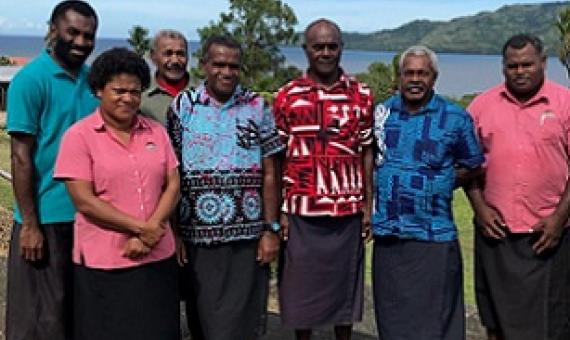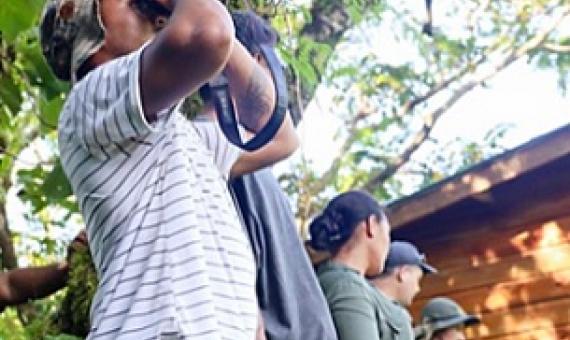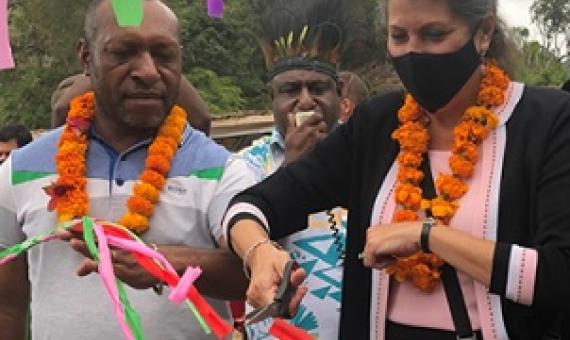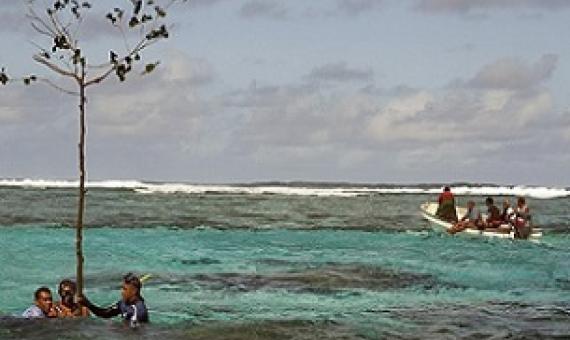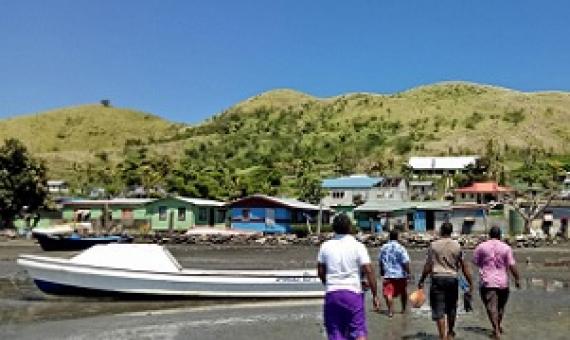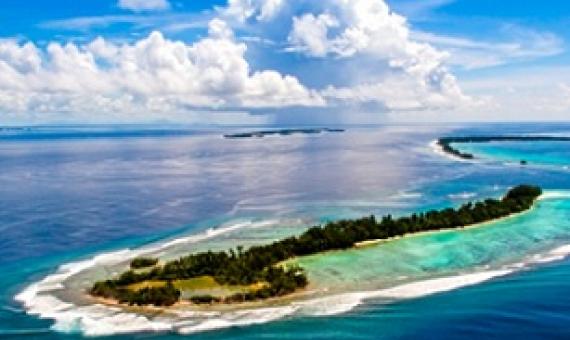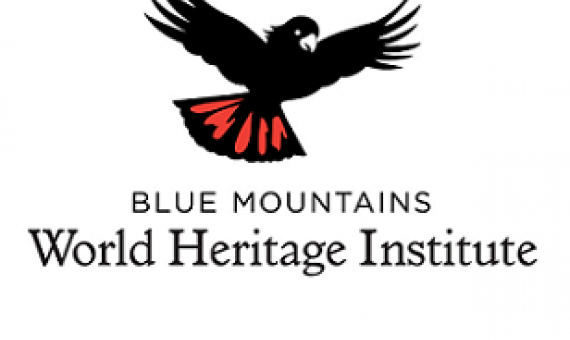In many protected areas, the distribution of funds for conservation seldom considers the Indigenous population’s views on how the money should be spent. In Fiji, the Indigenous iTaukei people co-manage Vatu-i-Ra Conservation Park, a marine protected area, under traditional rules and values.
Work to save Samoa’s endangered national bird continues with two Manumea-friendly villages, the latest recipients of support through the Biodiversity and Protected Areas Management Project...the goal of the project is to support the two villages work towards improving the livelihoods of the local
The Mt. Goplom Conservation Deed is an important signing, which sets an example for PNG communities to use land rights to preserve the unique biodiversity of the region for generations to come...The signing of this conservation deed ratifies their legal rights to conserve and protect the Mt.
To conserve global biodiversity, countries must forge equitable alliances that support sustainability in traditional pastoral lands, fisheries-management areas, Indigenous territories and more. Global support is growing for the 30 × 30 movement — a goal to conserve 30% of the planet by 2030.
New research shows what is often assumed to be 'fair' in conservation practice may not be considered so by the very people most affected by it--and a new approach is needed if protected areas are to be effective.
What does conservation look like without women? Research demonstrates that conservation efforts are more likely to succeed when women are involved, but in Melanesia, men are traditionally seen as the head of the household and as decision makers, so for years the Arnavon Community M
What used to be a turtle slaughtering ground for a coastal community in the Solomon Islands in the past is now a safe sanctuary for the leatherback, the largest sea turtle species on earth. The Haevo Khulano Integrated Conservation area in Isabel Province was established in 2013 following in
The Blue Mountains World Heritage Institute, in partnership with the Protected Areas Collaboration for Learning & Research, offers an intensive training program that aims to equip conservation professionals with the knowledge, tools and skills required to adapt

